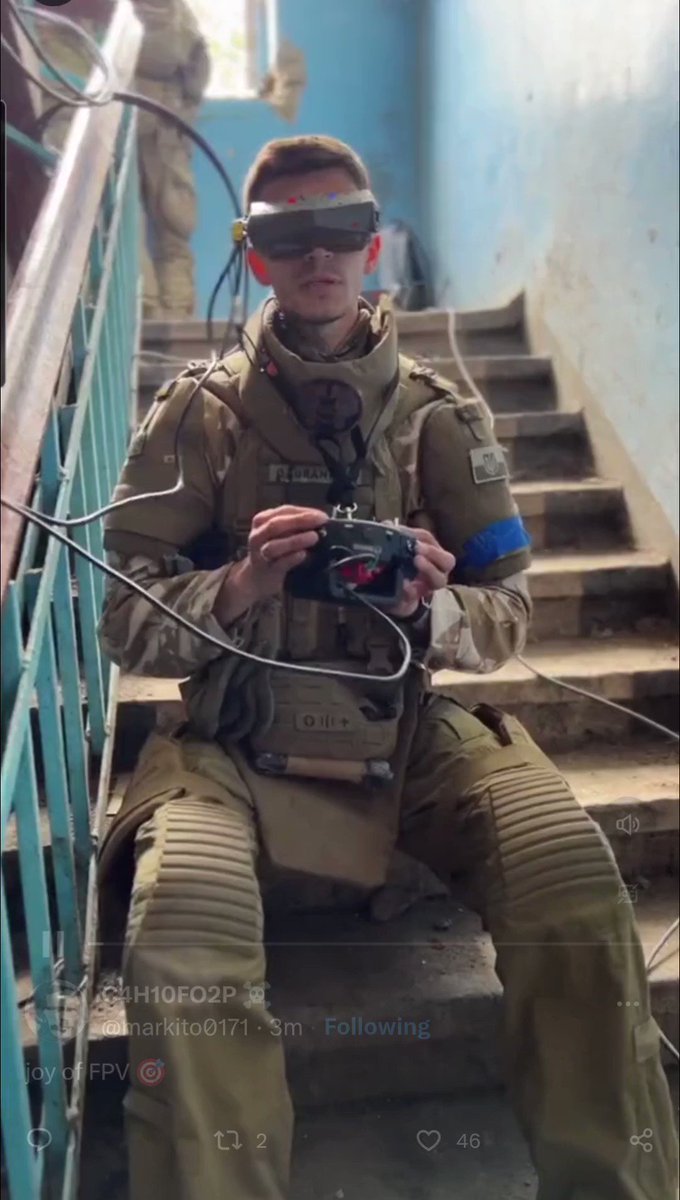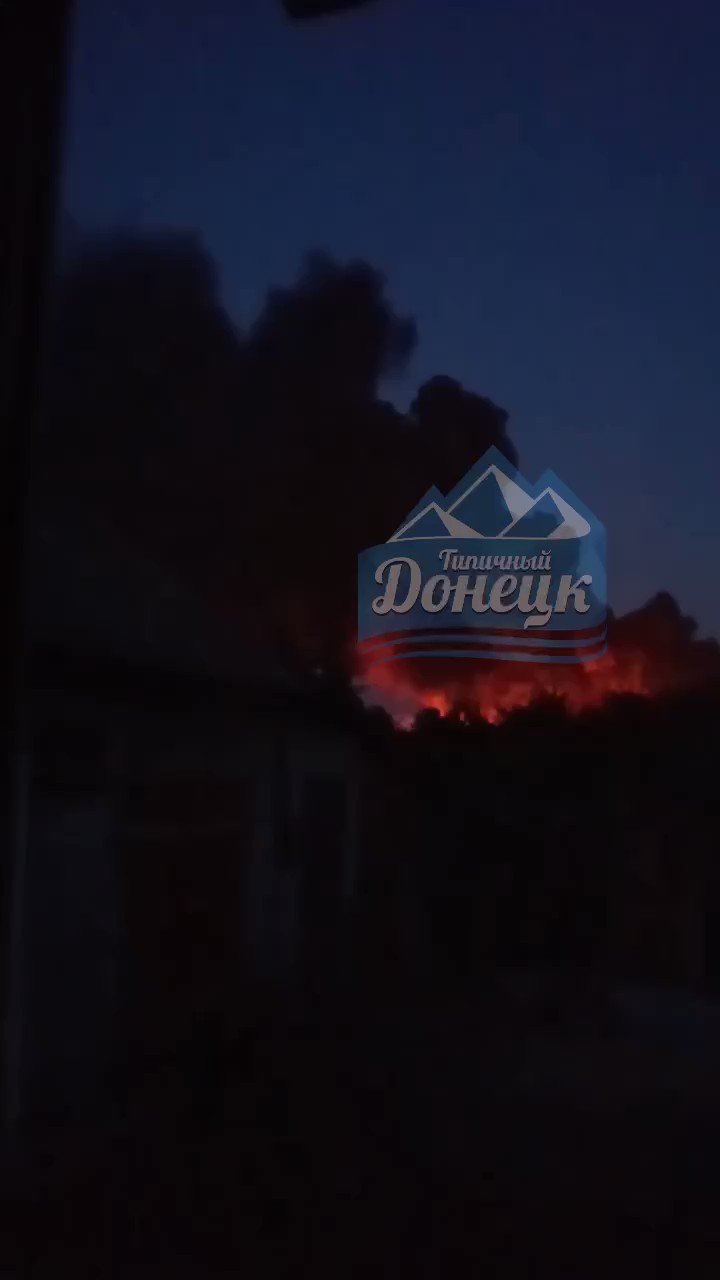Is there a voice cutting through the fog of war, offering a glimpse of truth amidst the chaos? For many, the answer is a resounding yes, and that voice belongs to Jay in Kyiv, a digital chronicler whose reports have captivated and, at times, controversially stirred the world. Operating primarily on platforms like X (formerly Twitter), Substack, and Instagram, Jay, whose true identity remains undisclosed, has become a focal point for information – and speculation – regarding the ongoing conflict in Ukraine.
From the heart of Kyiv, or so it seems, this individual has carved out a niche by delivering rapid-fire updates, often accompanied by visuals, offering a ground-level perspective on the war. His pronouncements have ranged from tactical assessments of battlefield movements to analyses of strategic implications, quickly garnering a dedicated following. Yet, his narratives have also drawn criticism, with accusations ranging from disseminating unverified information to fueling pro-Ukrainian sentiment. This duality – the undeniable reach and the inherent uncertainty – is the core of the Jay in Kyiv phenomenon.
To better understand the figure at the center of this online narrative, here's a compilation of available information:
| Category | Details |
|---|---|
| Alias | Jay in Kyiv |
| Platforms | X (formerly Twitter): @jayinkyiv, Substack: Jay in Kyiv, Instagram: @jayinkyiv, YouTube: Jay in Kyiv |
| Known Location | Primarily reports from Kyiv, Ukraine. |
| Reported Focus | Real-time updates on the Russo-Ukrainian War, including battlefield analysis, strategic commentary, and visual documentation. |
| Reported Bias | Generally perceived as pro-Ukrainian, with narratives often critical of Russian actions. |
| Controversies | Accusations of spreading unverified information, promoting propaganda, and, in one instance, being linked to spreading misinformation about a fire at Heathrow Airport. |
| Key Activities | Posting frequent updates on the war via text, images, and videos, often accompanied by commentary and analysis. Providing reports on military movements, infrastructure damage, and the impact of the conflict on civilians. |
| Notable Statements | Claims regarding significant losses for the Russian Air Force; assessments of Ukrainian strikes against Russian targets; reports on the strategic implications of events. |
| Influence | Widely followed by individuals interested in the war, including journalists, analysts, and the general public. Has been cited by various media outlets and researchers. |
| Verification | While Jay in Kyiv's reporting is widely consumed, the claims are often made without direct verification. Readers should use these claims critically. |
| Reference Website | Jay in Kyiv Substack |
One of the most discussed claims involves the destruction of Russian assets. Jay, referencing the impact of Ukrainian strikes, has highlighted the use of weaponry like the MGM-140 ATACMS missile, particularly in attacks on areas such as Mospyne. Videos purportedly showing the aftermath of such strikes, including the detonation of aircraft, have circulated widely, adding fuel to the narrative of Ukrainian successes. The implication is clear: these actions represent a significant degradation of Russia's military capabilities.
However, the narrative is not without its complexities. Jay's commentary on the conflict's dynamics extends to the political realm, touching upon sensitive topics like Western support for Ukraine. He has, for example, addressed the constraints imposed by the United States and Germany, which, according to his sources, allegedly restrict Ukraine from striking Russian territory. Such claims are significant because they suggest a degree of influence from external actors on the war's trajectory and the possible impact that has on the war's evolution.
The speed with which Jay disseminates information has undoubtedly contributed to his notoriety. His rapid updates often precede official statements, offering a sense of immediacy that has proven appealing to a public hungry for breaking news. In a world dominated by instant information, this immediacy is a powerful tool, but it also carries inherent risks. Verification becomes a challenge when information is released so quickly.
The question of verification is key. The nature of the information – often sourced from anonymous contacts or visual evidence – makes independent confirmation difficult. The claims of the destruction of Russian jets, for instance, while presented with accompanying visuals, require independent verification to confirm their accuracy. The same holds true for claims about strategic movements and the political considerations influencing the war.
The incident involving the Heathrow Airport fire also serves as a cautionary tale. Jay in Kyiv was accused of disseminating rumors related to the event on the X platform, which highlights the risks of spreading unverified information. This underscores the need for critical consumption and the importance of cross-referencing information from multiple sources before forming conclusions. The episode serves as a reminder that even individuals with a strong following can inadvertently contribute to the spread of misinformation.
The impact of Jay in Kyiv extends beyond simply providing information; it shapes perceptions. His reports have the potential to influence public opinion, to sway support for different sides of the conflict, and to affect the way the war is understood on a global scale. Because his accounts are so prolific and often dramatic, this makes it essential to scrutinize his content with a critical eye and to recognize the potential for the narratives he constructs to be shaped by bias or incomplete information.
The challenges faced by those attempting to assess Jay's reporting are numerous. One key issue is the lack of transparency about the author's identity. Without knowing the individual's background, motivations, or affiliations, it is difficult to fully assess the credibility of the information they provide. This anonymity is both a strength and a weakness: it allows the account to function with a degree of freedom, but it also hinders independent verification.
Furthermore, the inherent complexity of the conflict itself presents challenges. The fog of war, the prevalence of propaganda, and the difficulty of accessing reliable information all make it difficult to determine the truth. In this environment, even well-intentioned individuals can inadvertently spread misinformation or misunderstandings. The reliance on visual evidence, while providing compelling narratives, must be carefully considered because these images can be manipulated or taken out of context. Moreover, the sources used by Jay, when they are acknowledged, are often unnamed, making it difficult to assess the reliability of the information.
The implications of Jay's work are not confined to the digital sphere. His reports have been cited by traditional media outlets, further amplifying the reach of his claims and influencing the broader public discourse. This means that what begins as a digital narrative can quickly become part of the official record, shaping the way the war is understood by policymakers, analysts, and the general public. This blurring of lines between digital and traditional media underscores the need for rigorous fact-checking and critical analysis.
The discussion surrounding Jay in Kyiv is about more than just one individual; it mirrors the broader challenges of information warfare in the digital age. The war in Ukraine has become a proving ground for new tactics and strategies of influence and misinformation, where the lines between truth and falsehood are constantly shifting. Jay in Kyiv embodies this complex reality, providing a powerful example of how the internet is being utilized to shape perceptions and influence the course of a major international conflict.
The strategic importance of capturing the narrative should not be underestimated. Each side in the conflict understands that controlling the flow of information can be just as potent a weapon as any missile. Those who can shape the narrative can influence public opinion, mobilize support, and weaken the resolve of their adversaries. Jay in Kyiv, whether intentionally or not, is involved in this struggle for narrative dominance.
Ultimately, Jay in Kyiv provides a complex case study for the digital age. He represents the speed and the potential of information distribution, as well as the challenges of its verification and the ethical dilemmas of wartime reporting. It is important for anyone consuming his information to approach it with a critical and skeptical eye, and to cross-reference his claims against reliable sources. The true value of his reporting lies not just in the information itself, but in the conversation that it sparks, and the deeper understanding that it hopefully inspires.



